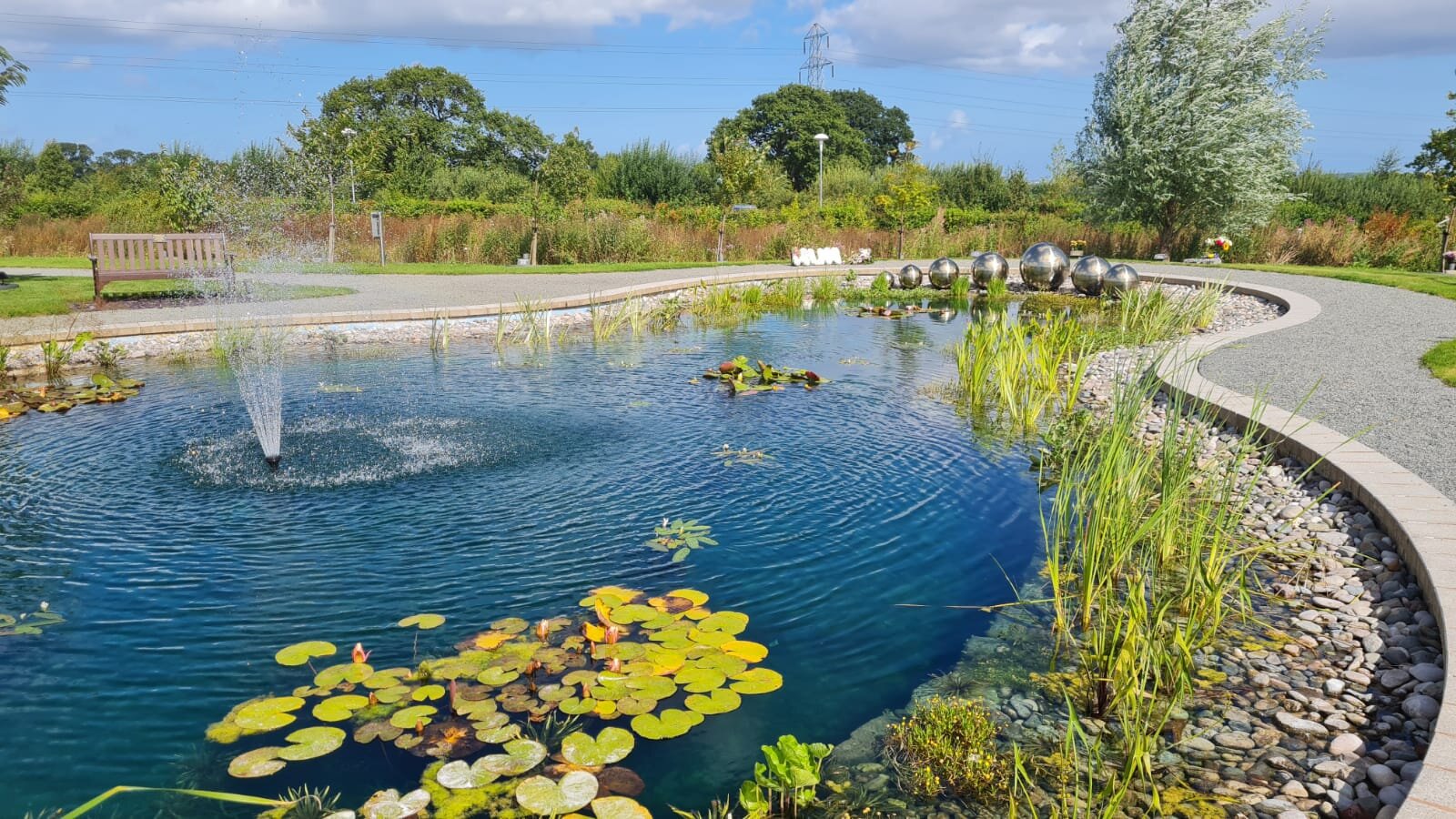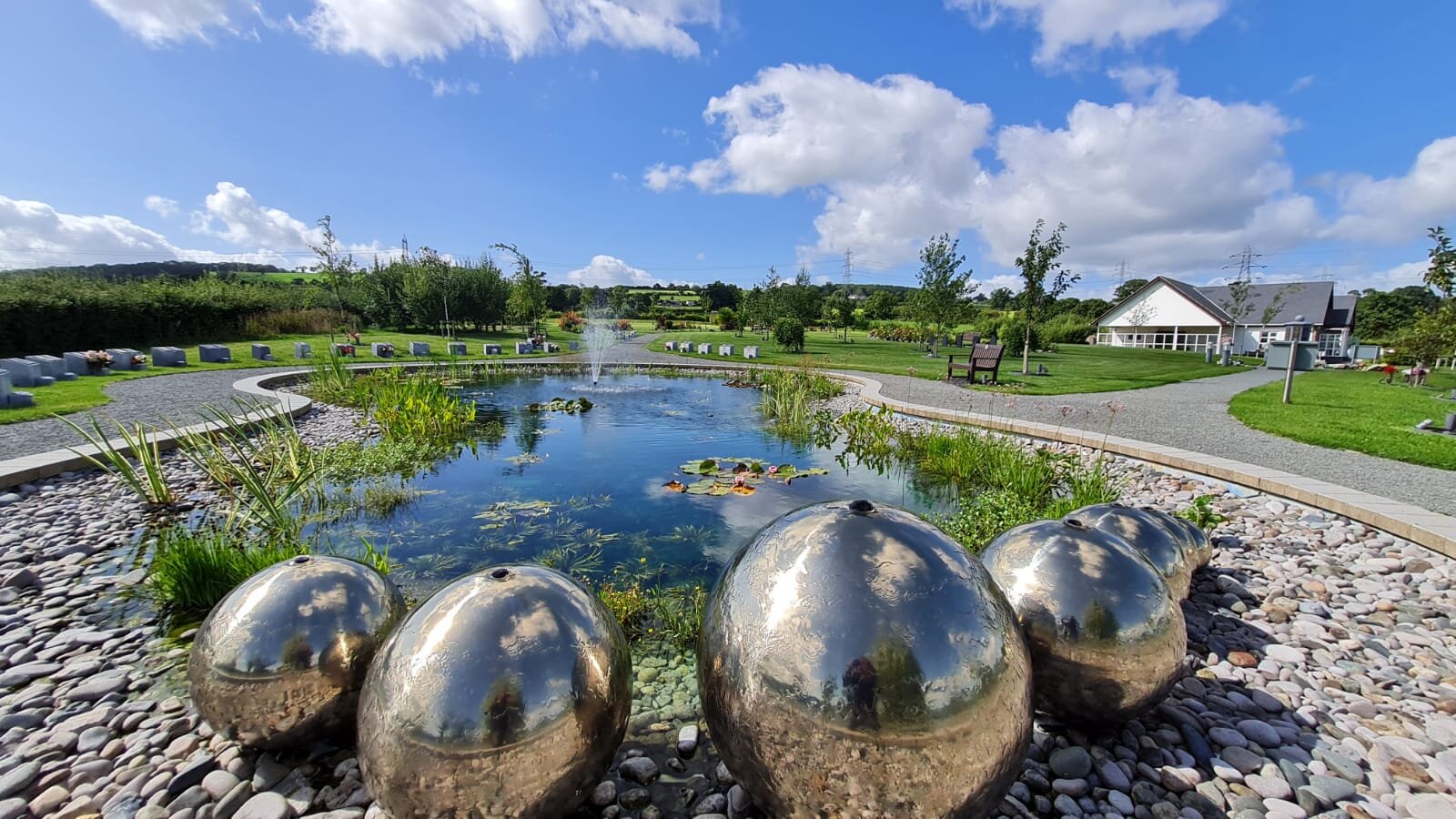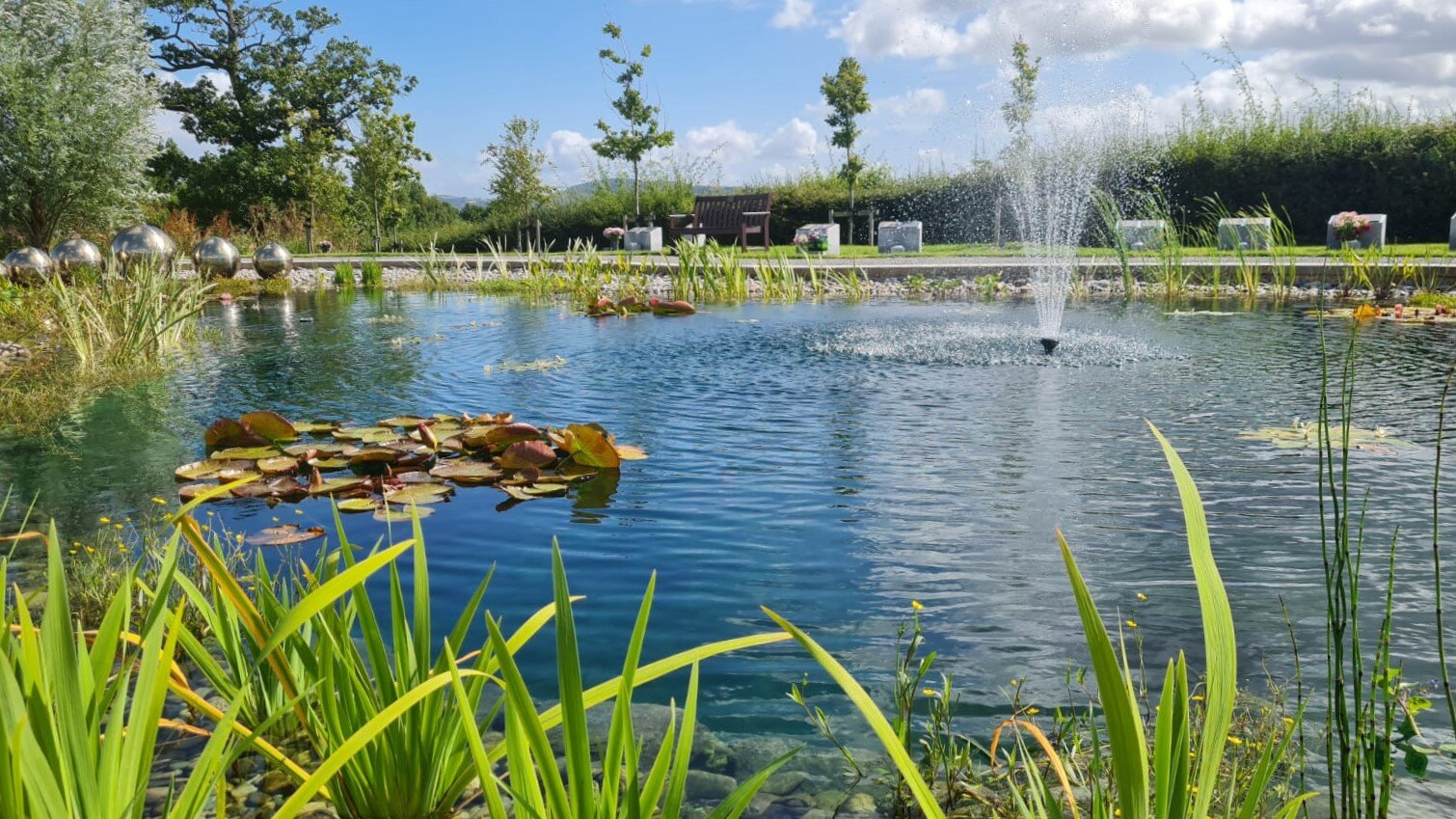How to treat blanketweed and nuisance algae: Case study
How do you treat blanketweed? It’s one of the most common questions we get asked. First you need to know what causes it to grow in your pond or water feature. There are several causes and normally its a combination of these issues that lead to poor water quality and the resulting algae growth.
Excess Nutrition
Debris & sediment build up is an ongoing process in garden ponds. Leaves will blow in and sink to the bottom of your pond, pond plants will grow and then lose their leaves ready for winter. All these natural things will decompose over time, if not removed, and become sludge/sediment at the base of your pond. A small amount is fine in a wildlife pond, in fact it helps to feed the plants and the wildlife ecosystem. The problem is when it becomes a large amount of sediment, it will release nutrients back into the pond, feeding nuisance algae such as green water and blanketweed. It’s a good idea to service your pond in the spring, use a pond vac to remove sludge, clean your filter and net out any floating debris. You can cover your pond with a net in the autumn to keep most leaves out of the pond
Over stocking of fish. Simply if you have lots of fish, they eat lots of food and produce lots of waste, which breaks down and causes poor water quality and creates the perfect conditions for algae to grow.
Water quality-Filtration. Your pond is an ecosystem, to keep it balanced you need to control the amount of nutrients. A filter is key to this, a filter system consists of a pump to supply the water, UV filter to kill fine microscopic algae in the water (green water), mechanical filtration to remove larger debris from the water, and biological filtration to brake down waste biologically. A filter is not normally required in wildlife ponds with no fish.
Feeding & types of fish foods. Fish are greedy, if the water is above 15 degrees c your fish can eat lots of food. So its best control your feeding to once or twice a day in the warmer months and reduce down as it cools down. When its 10 degrees or below you should switch to a winter wheatgerm feed which are easily digested by the fish. Not all foods are good quality, if you feed basic pond sticks you could be adding to your water quality issues as the fish will digest less and produce more waste. We recommend using a good quality pellet food such as Hikari staple or gold. These foods don’t cloud the water, are healthier for your fish and in turn water quality is improved and less algae will grow.
Sunlight
Planting. Plants are key to a balanced wildlife pond environment. They have three main uses; As they grow they use up the nutrients in the pond to grow in turn starving the algae if its food supply. They provide habitat for insects and wildlife. They block out sunlight from the pond you should aim for 2/3 coverage of pond plants
If you don’t have space for plants or have a koi pond, creating shade by means of a pergola, or canvas shade sail, is a good idea.
Treatment method
Test water for PO4, NO3, KH, Ph and only use pond treatments if water parameters fall within manufactures guide range.
Eliminate the above causes of blanketweed, if you don’t the blanketweed will return.
Treat the pond with suitable blanketweed treatment do not over dose. Use the correct dose, if unsure use our pond volume calculator and dosage calculator tool.
After two weeks remove dead algae.
Repeat if required or use a pond treatment such as Eco pure to maintain a healthy algae free environment.
Case study how to treat blanket weed. 75,000 litre crematorium pond North wales This pond has was built several years ago and has been plagued by Nuisance algae, the owners have tried lots of different treatments, but the underlying problem was never addressed. So we were asked to help.
Project plan:
Remove excess sludge, debris & algae build up with professional pond vac.
Treat the pond with Kusuri Gold , or Cloverleaf Blanket answer to kill any blanketweed.
Plant aquatic plants to cover 2/3’s of the pond surface with Marginal pond plants, deep water plants & oxygenating plants. With the aim to cover 1/3 of the pond surface with lilies & deep water marginals & oxygenating plants. Marginal pond plants to cover anther 1/3 of the water surface & leave 1/3 open water.
Revisit after 2 weeks to vacuum out any dead algae and debris, if left this will cause more algae to grow.
Ongoing maintenance dose of Kusuri Eco Pure once a week to create a natural healthy balance in the pond & inhibit algae growth.
On going maintenance plan: We will visit at the end of October every year to service the pond. We will trim back aquatic planting & vac any sediment, debris build up.
Pond servicing completed by Clarity Aquatics And Landscapes Ltd, covering North Wales
Completed pond after service and treatment looking fantastic!




